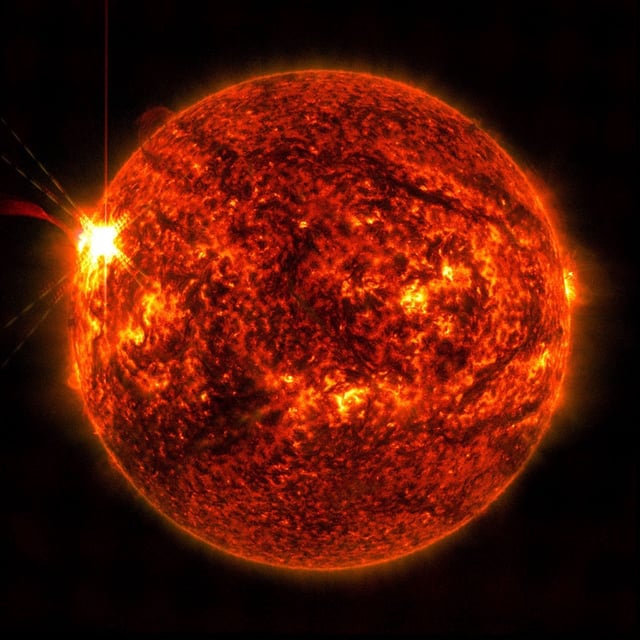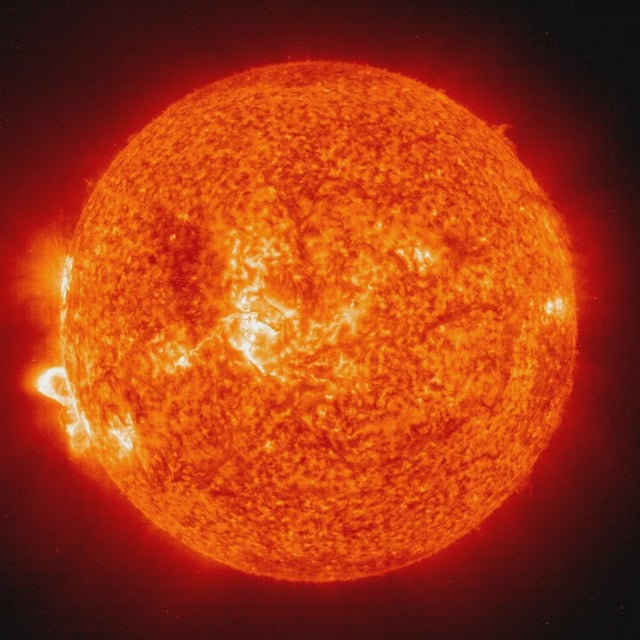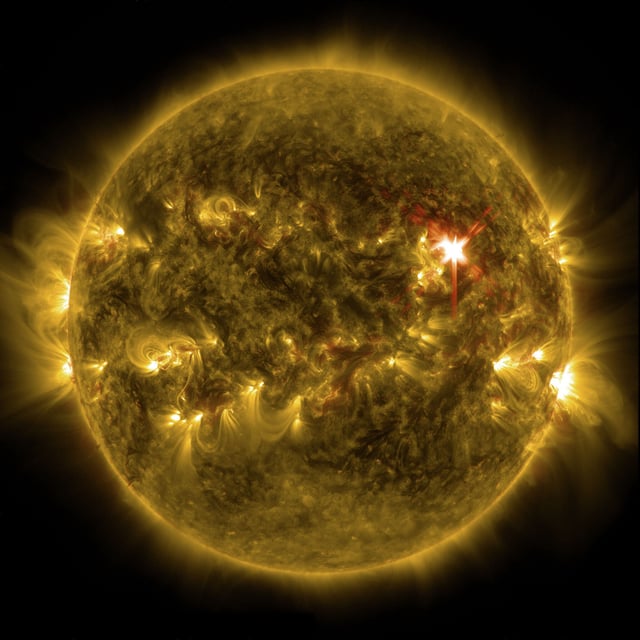Overview
- An X2.7-class solar flare erupted from sunspot AR4087 on May 14, causing R3-level radio blackouts across Europe, Asia, and the Middle East.
- NASA and NOAA warn of additional high-energy flares and possible geomagnetic storms as AR4087 rotates into direct alignment with Earth.
- The solar maximum phase of the Sun's 11-year cycle is driving increased solar activity, making flares and disruptions more frequent.
- While no Earth-directed coronal mass ejection (CME) has been confirmed, scientists are closely monitoring the situation for potential impacts.
- The heightened solar activity increases the likelihood of auroras appearing at lower latitudes in the coming days.



